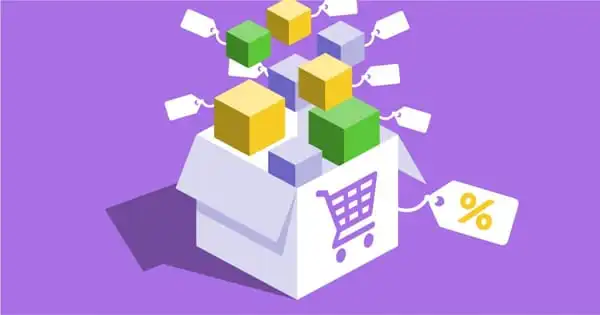Product bundling in marketing refers to the sale of many products or services as a single integrated product or service package. It is a marketing strategy in which numerous products are bundled together and marketed as a single unit for a single price. It is prevalent in many imperfectly competitive goods and service marketplaces. This method is used to persuade customers to purchase additional products. Telecommunications services, financial services, health care, information, and consumer electronics are among the industries that engage in the practice. Product bundles include McDonald’s Happy Meals. Instead of selling a burger, Coke, and french fries separately, they are sold as a package, which results in higher sales than selling them individually.
Product bundling refers to the sale of several individual items or services as a combined package at a cheaper price than if they were offered separately. Product bundles include value meals at restaurants, beach kits, and shampoo and conditioner sets. Product bundling is a common method for e-commerce businesses to sell more of their products and, as a result, raise their revenues continuously.
In a software bundle, a word processor, spreadsheet, and presentation package are combined into a single office suite. Many TV and movie channels are frequently bundled into a single-tier or package in the cable television industry. Separate food products are combined into a “meal deal” or “value meal” in the fast-food industry. A bundle of products may be called a package deal, in recorded music or video games, a compilation or box set, or in publishing, an anthology.

Most businesses are multi-product or multi-service businesses that must decide whether to sell products or services independently at individual prices or whether to promote product combinations as “bundles” for which a “bundle price” is charged. Price bundling is becoming increasingly essential in many industries (for example, banking, insurance, software, and automotive), and some businesses base their whole business strategy on it.
When a brand mixes popular items sold separately into a boxed set with a discounted price, this is known as mixed product bundling. Customers can buy one or two items individually, or they can buy many products grouped together.
Companies use bundle pricing to sell a package or set of goods or services for a lower price than they would charge if the buyer purchased them all separately. Using a bundle pricing approach allows a company to boost its profit by inducing customers to buy more than they would have otherwise.
Almost every brand nowadays gives its customers a package, combo, or mix based on their needs and tastes. Customers purchase these sets because they allow them to save money and test new things with little risk, as brands typically combine top-selling items with low-selling items. This method can boost your company’s average order value, sales, and revenue while saving money on promoting and distributing specific products and improving customer experience.
















